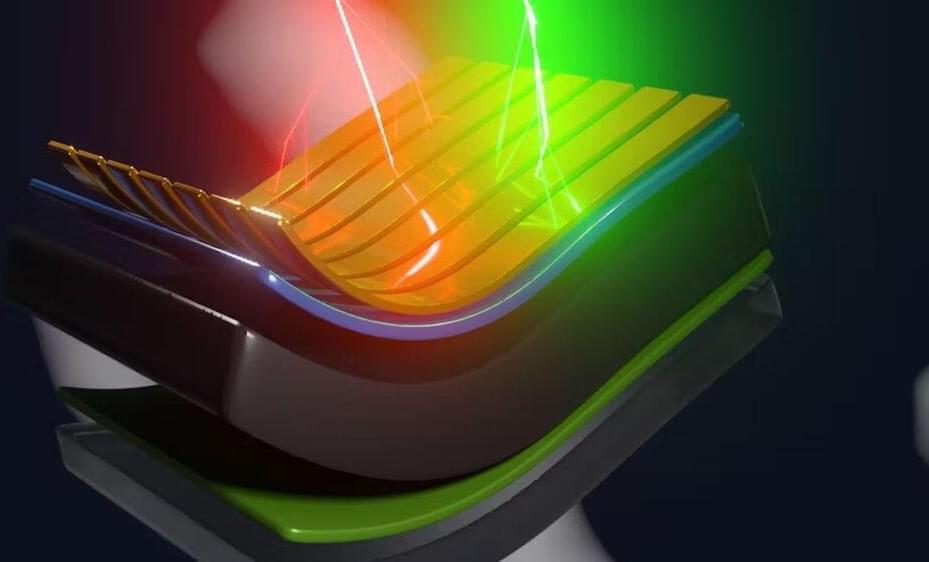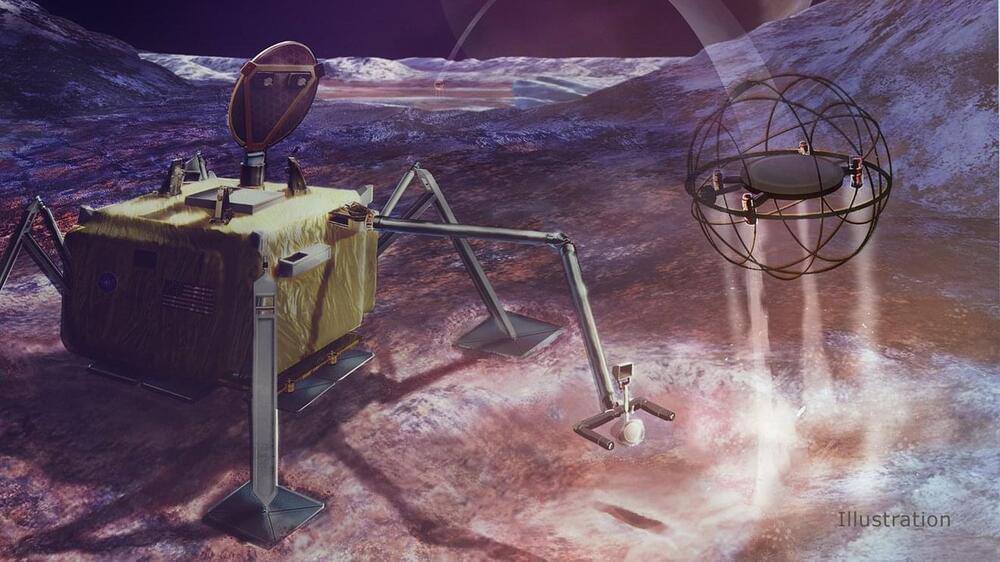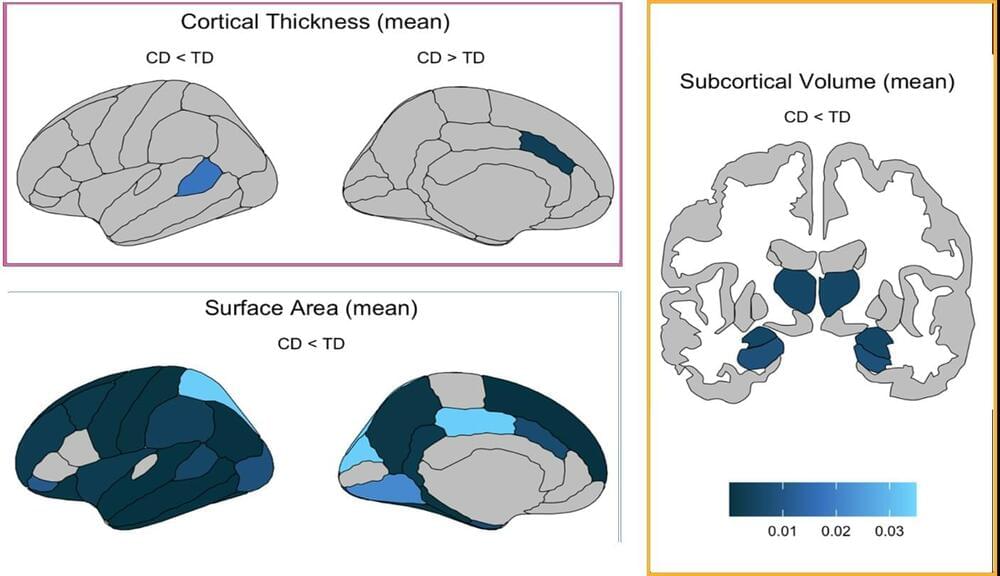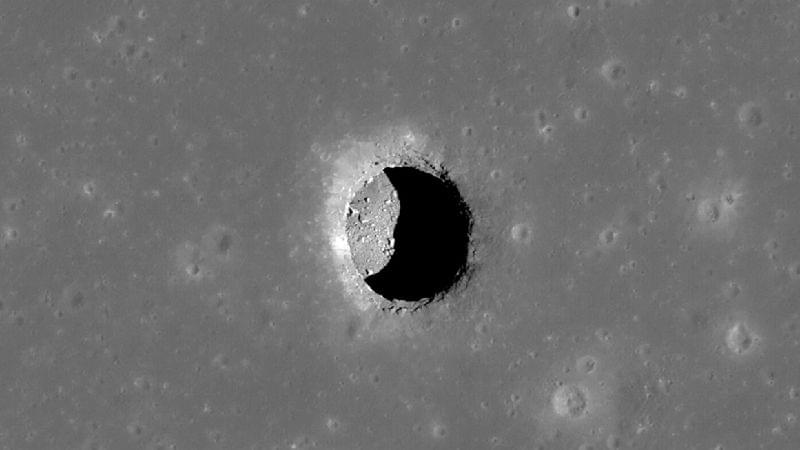
“Both space exploration and Missy Elliott’s art have been about pushing boundaries,” said Brittany Brown. “Missy has a track record of infusing space-centric storytelling and futuristic visuals in her music videos, so the opportunity to collaborate on something out of this world is truly fitting.”
The planet Venus just received a gift from NASA, but this time it’s not in the form of a spacecraft or lander, but instead in the form of a hip hop song transmitted by the agency’s Deep Space Network, “The Rain (Supa Dupa Fly)”, which was originally released in 1997 by the hip hop artist, Missy Elliott. Not only is Venus the favorite planet of Missy Elliott, but this also marks only the second time a song has been transmitted into the unknown, with the first being “Across the Universe” from The Beatles in 2008.
The song was sent to Venus on July 12, 2024, at 10:05 am PDT by the Deep Space Station 13 radio dish antenna located in Barstow, California, with the command being sent from NASA’s Jet Propulsion Laboratory in Pasadena, California. The song took approximately 14 minutes to reach Venus traveling at the speed of light.
Continue reading “Hip-Hop History in Space: Missy Elliott’s Song Beamed to Venus by NASA” »


















